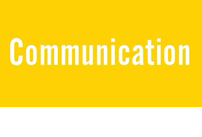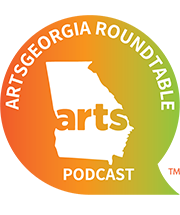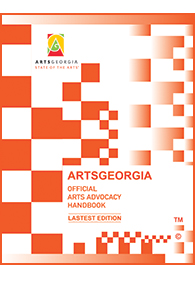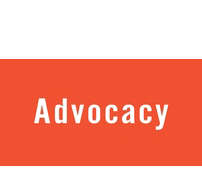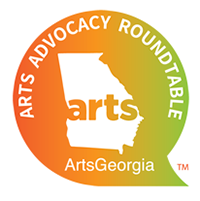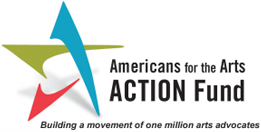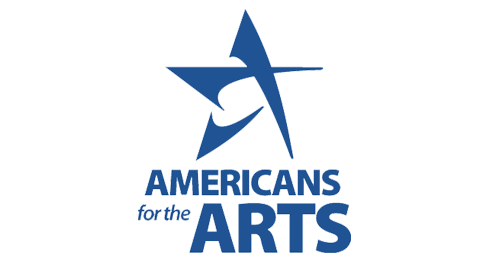Publications
ARTSGEORGIA PUBLICATIONSArtsGeorgia Official Arts Advocacy Handbook – 2014 ArtsGeorgia Official Arts Advocacy Handbook – 2013 ArtsGeorgia Community Arts Agency Administrator’s Policy Handbook REPORTS & STUDIESCreative Industries in the South – Allen Bell [SouthArts (Copyright 2012)] Georgia Report http://dl.dropbox.com/u/46117433/Creative%20Industries%20in%20the%20South/Georgia%20-%20Creative%20Industries%20Profile.pdf Sections and Summaries http://www.southarts.org/site/c.guIYLaMRJxE/b.6470585/k.BBE8/Creative_Economies.htm Mississippi’s Creative Economy Realizing the Economic Potential of Creativity in Mississippi http://mscreativeeconomy.com/docs/mscreative-singles.pdf
BOOKS
The Nonprofit Marketing Guide: High-Impact, Low-Cost Ways to Build Support for Your Good Cause – Kivi Leroux Miller [Jossey-Bass Nonprofit Guidebook Series (Copyright 2010)] Here are four tactics from the Guide you can use right away: 1) When defining your audience, use personas. If your audience is still “the general public,” it’s time to make a change. Build representative characters for each target audience; find photos that represent them and describe their age, educational level, hobbies, motivations, values, etc. in detail. Then, match your messages and communication channels to these personas. 2) Develop your storytelling skills. Nothing convinces an audience more than stories of real life struggle and achievement. Miller describes three plot lines — the challenge plot, the creativity plot, and the connection plot — you can use to put a human face on the work you do and gives a list of story ideas to help you get started. 3) Focus on the plight of one person instead of many. When asking for support, describe the needs of one person who represents your cause. Research shows that people are more likely to feel an emotional connection to one person, and be compelled to act because of that connection. A crowd, no matter how needy, just doesn’t have the same power. 4) Think of your organization as a media mogul. It’s time to think beyond the mainstream media. Let’s face it, they’re not that helpful anyway. The good news is that the technology exists to create and distribute your own brilliant content. Miller gives plenty of advice on how to use social media to engage supporters and give tips on how to create an editorial calendar that reduces the social media time suck. [Source: Review by Tobi] The Mission Myth: Building Nonprofit Momentum Through Better Business – Deirdre Maloney [Business Solutions Press (Copyright 2012)] This book is directed toward instructing managers who have little professional business training to address issues of solid management: finding the strong Board of Directors, selecting a staff of volunteers and instructing them in all aspects of fundraising (direct call, drives, benefits, gala dinners, all manner of ways to make donors feel appreciated and needed, marketing tools (yes, asking for contributions is the same as marketing a cause). how best to use the tools for advertising and solicitation, dealing with the press and with social media – the list practically mirrors the texts on excellent business management. Where this book will be best used is 1) by those dedicated individuals who sign up to be a key person for a nonprofit organization and 2) by the volunteers of such organizations – a role of self-instruction to bridge the time gap of learning the skills necessary to support the manager and the Board of Directors. [Source: Review by Grady Harp] OTHER PUBLICATIONSThe Executive Director’s Guide to Thriving as a Nonprofit Leader, 2nd Edition The Executive Director’s Survival Guide: Thriving as a Nonprofit Leader Care, Diligence and Skill: A Corporate Governance Handbook for Arts Organisations, 6th Ed. Artful Leadership: Managing Stakeholder Problems in Nonprofit Arts Organizations (Indiana University Center on Philanthropy Series in Governance) The One Page Business Plan for Non-Profit Organizations The Nonprofit Board Answer Book: A Practical Guide for Board Members and Chief Executives Board Member Orientation: The Concise and Complete Guide to Nonprofit Board Service Board Recruitment and Orientation: A Step-by-Step, Common Sense Guide, 3rd Ed Brandraising: How Nonprofits Raise Visibility and Money Through Smart Communications 101 Social Media Tactics for Nonprofits: A Field Guide Effective Fundraising for Nonprofits: Real-World Strategies That Work FriendRaising: Community Engagement Strategies for Boards Who Hate Fundraising but Love Making Friends
|




